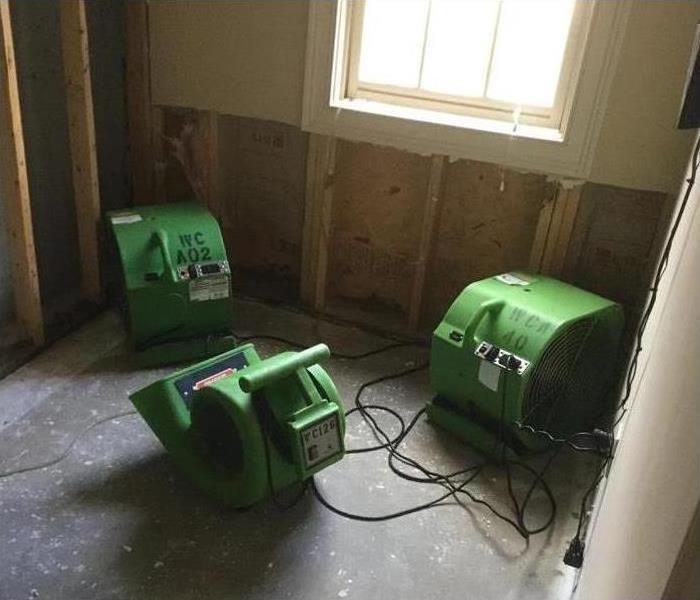What Is a Flood Cut?
1/15/2021 (Permalink)
Here Is Everything You Need To Know About a Flood Cut
If you are looking to clean up your home after flooding in Franklin, TN, you will likely hear some terms you are unfamiliar with. These can include things like tear-out and flood cut. Here is everything you need to know about a flood cut and the drywall removal process, so you can understand what is going on in your home during the restoration process.
Flood Cuts
Flood cuts are made when a contractor must cut away and remove parts of your drywall after flooding. This is called a flood cut because it is made roughly 12 inches above the water damage. Its main purpose is to remove the drywall so contractors can address any moisture issues threatening the home's structure.
When They Are Necessary
A lot of times, flood cuts will be necessary. Here are some of the times when it is necessary:
- When floodwater contains contaminants or bacteria
- When sewage is involved
- If your wall was insulated
They Aren’t Always Necessary
If there is no insulation in your wall and the flooding was caused by clean water, injectidry can be used without a flood cut. This process involves drilling tiny holes behind your baseboard. Then, hoses are pushed through these holes, and warm, dry air is injected into the wall to dry out the studs and drywall. However, if a wall has insulation, it must have a flood cut done. This is because insulation cannot be dried out and still function properly.
Understanding some of the things the remediation company will do to your home after a flood is beneficial. Flood cuts are the technique the professionals will use to remove any drywall that has seen floodwaters so that the structure of your home can dry out properly. If there is no contamination in the water or insulation in the walls, it may be possible to avoid a flood cut.



 24/7 Emergency Service
24/7 Emergency Service
